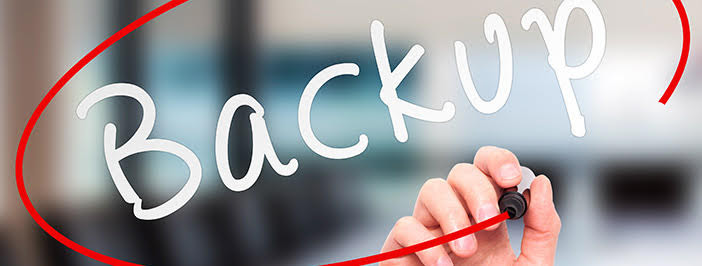The Top 2018 Data Backup Trends (And Why They Matter)
As the owner or manager of a small business, you already know how important your company data. You know that it must be protected against cyber threats, and you know that it needs to be backed up well in the event of data loss.
But how certain are you that your data backup system is reliable and secure?
When you consider that nearly 60% of businesses are not adequately prepared for a large data loss, and that 60% of businesses that do suffer a major loss of data shut down within 6 months as a result, it becomes vital that you have a strong and secure backup system in place.
2018 saw some new trends in data backup, as new technology paves the way for improved data storage. These are some of the newest data backup trends gaining ground in 2018 — and what they mean for your business.
1. Cloud Storage
Okay, so this isn’t really a new concept.
However, major advancements in cloud technology have allowed many businesses to better leverage their resources and secure an offsite location for their data backup and recovery.
Related: What Should Your Business Be Backing Up?
In fact, many businesses actually employ a multi-cloud strategy for different levels of sensitive data, enabling specific users with access permission to retrieve data as necessary.
2. Solid State Drives
Solid state drives (SSDs) are a more advanced version of the traditional hard disk drive. And, as more businesses realized their benefit when it comes to data storage, they are becoming increasingly more popular. While they’re still more expensive than the traditional spinning disk hard drive, they deliver more in the way of flexibility, faster data transfer, and faster computer and application booting.
Related: The Complete Guide to Data Backup for SMBs
Additionally, the SSD has no moving parts. Therefore, it’s more durable and less likely to suffer damage and data loss if you drop your laptop.
3. Software-defined Storage
Essentially, a data storage solution that offers additional features specific to the needs of the business. Software-defined storage typically provides a business with a lot more flexibility for expanding storage capacity, adding or removing hardware, and an interface for efficient management of your storage devices.
Related: How RTO and RPO Shape Your Backup Strategy
Overall, it’s a very cost-efficient means of developing an integrated data backup and recovery system. Interest in the solution is growing, with nearly 40% of small businesses already utilizing software-defined storage, and an additional 31% seeking to use it in the near future.
4. The General Data Protection Regulation (GDPR)
A set of data protection and privacy regulations instituted by the EU and adopted by the United States. The EU is insisting on compliance with the GDPR for any companies that wish to do business with the EU. With more business today being conducted in international markets, following the GDPR is becoming more of a priority.
If you’re unsure how it affects your US business, check out this helpful article.
5. Larger Storage Investments
As many company’s data storage needs have increased by nearly 50% over the last 2 years, the need for increased storage capacity has also increased. Thankfully, new technology has made it easier and less expensive to invest in storage. Plus, there is a great availability of different types of storage to suit a company’s need. The current trend is a mixture of different storage technologies, with flash technology, cloud storage, and SSDs gaining ground or surpassing HDDs.
If you aren’t sure which data storage solution might work best for you, consider talking to a managed IT solutions provider like Visual Edge IT. Our dedicated experts focus on improving your business infrastructure and helping to alleviate your concerns about your IT needs. Meanwhile, you can focus on running the other aspects of your business without stress.





